How to use an inhaler (puffer) with small volume spacer
A spacer holds the spray from a puffer until it is all breathed into your lungs. Everyone should use a spacer with their puffer.
Children under 3 need to use their spacer with a mask.
Many children by age 3 can start using their spacer without a mask.
Why use a spacer?
Using a spacer means that much more of the medication gets down into the lungs compared to using the puffer without a spacer.
Spacers work just as well as a nebuliser (an electric device that converts liquid asthma medication into a fine mist) and they are cheaper and easier to carry around. Most children do not need a nebuliser at home.
Less of the medicine gets stuck in the mouth and throat when a spacer is used. This helps to cut down the risk of side effects in the mouth and throat such as thrush, hoarse voice and a sore throat when using steroid puffers.
Small volume spacer with a mask
Children under 3 need to use their spacer with a mask.
- Take the cap off the puffer.
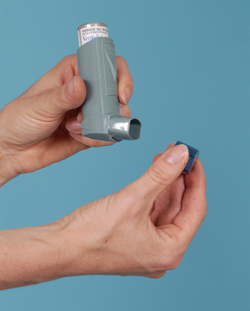
- Hold the puffer upright and shake well.
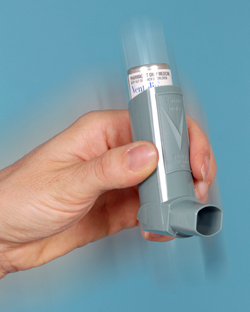
- Place the mouthpiece of the puffer firmly into the end of the spacer. Attach the mask to the other end.

- Gently place mask over mouth and nose so that they are covered with no gaps around the edges.

- Press down on the puffer once and wait for your child to take 4 deep breaths in and out. (Watch the valve move with each breath.) Encourage mouth breathing which will increase medication delivery to the lungs.

If a second dose is needed repeat steps 2–5.
Never spray more than one puff of the medication into the spacer at any time.
Small volume spacer without a mask
Many children by age 3 can start using their spacer without a mask.
- Take the cap off the puffer.

- Hold the puffer upright and shake well.

- Place the mouthpiece of the puffer firmly into the end of the spacer.
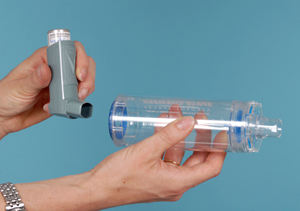
- Place the mouthpiece of the spacer into your child’s mouth with lips closed firmly around it.

- Press down on the puffer once and wait for your child to take 4 deep breaths in and out (watch the valve move with each breath).
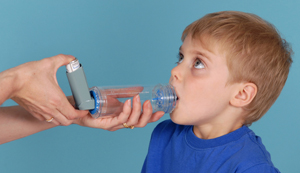
If a second dose is needed repeat steps 2–5.
Never spray more than one puff of the medication into the spacer at any time.
How should you look after a spacer?
Static electricity builds up inside a spacer. This makes the medication stick to the inside of the spacer, so not as much medicine goes down into the lungs.
To get rid of the static, spacers should be washed when they are first bought, and then every month.
- Take the pieces of the spacer apart.

- Soak in warm soapy water for a few minutes. Use normal dish washing liquid.
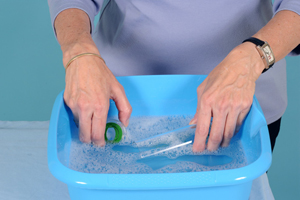
- Leave to drip dry.
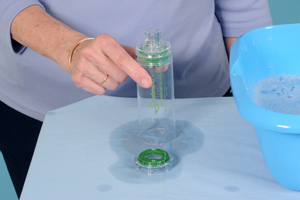
- Do not rub dry as this causes static.

- Do not rinse the soap off. The soap will create a thin layer inside the spacer which helps prevent static.
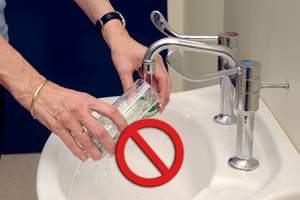
Acknowledgements
Child and Adolescent Health Service – Community Health (CAHS CH)
This publication is provided for education and information purposes only. It is not a substitute for professional medical care. Information about a therapy, service, product or treatment does not imply endorsement and is not intended to replace advice from your healthcare professional. Readers should note that over time currency and completeness of the information may change. All users should seek advice from a qualified healthcare professional for a diagnosis and answers to their medical questions.